Common Issues and Solutions for Phenolic Boards in Fire Protection Applications
2025-06-08 20:24:00
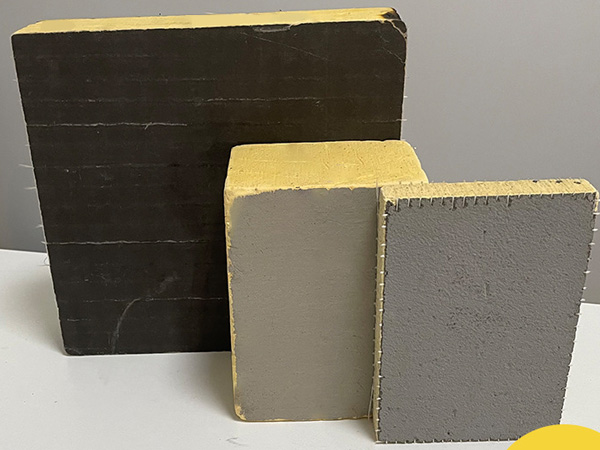
Common Issues & Solutions for Phenolic Boards in Fire Protection Applications
1. Fire Rating Misunderstanding
Issue: Confusion between different fire classifications (e.g., EN 13501 vs. ASTM E84).
Solution: Clearly specify:
Euroclass A1/A2-s1,d0 (non-combustible)
ASTM E84 Class A (≤25 flame spread, ≤50 smoke)
Provide third-party test reports for verification.
2. Joint & Penetration Weak Points
Issue: Unsealed gaps or improper detailing at joints, pipes, and electrical penetrations compromise fire resistance.
Solution:
Use fire-rated sealants/mortars (tested to match board rating).
Install intumescent strips at movement joints.
Follow manufacturer’s compartmentation details.
3. Mechanical Damage During/After Installation
Issue: Cuts, abrasions, or fastener over-tightening reduce fire performance.
Solution:
Protective facings (e.g., aluminum foil, fiberglass).
Avoid exposed edges in high-risk areas.
Use fire-rated fasteners with thermal pads.
4. Adhesive Selection Errors
Issue: Standard adhesives may degrade under high heat.
Solution:
Fire-rated adhesives (e.g., cementitious or intumescent types).
Verify compatibility with phenolic foam (avoid solvent-based products).
5. Thermal Thickness Reduction
Issue: Thinner boards may not meet required fire resistance duration (e.g., 60/90/120 mins).
Solution:
Validate system thickness via fire testing (e.g., BS 476, EN 1364).
Consider multi-layer systems for extended protection.
6. Moisture & Fire Performance
Issue: Water ingress can reduce fire resistance over time.
Solution:
Closed-cell structure minimizes absorption.
Vapor barriers in humid environments (e.g., swimming pools).
7. Misapplication in High-Temperature Areas
Issue: Exceeding max service temp (~150°C continuous).
Solution:
Alternative materials (e.g., ceramic fiber) for >150°C.
Thermal gap design near heat sources.
8. Certification & Compliance Gaps
Issue: Local fire codes may require specific approvals.
Solution:
Provide system-level fire test reports (not just material ratings).
Confirm compliance with IBC, NFPA, Eurocodes.
Key Fire Protection Best Practices
✔ System Approach: Fire performance depends on full assembly (board + adhesive + finishes).
✔ Third-Party Testing: Request project-specific fire resistance test data.
✔ Installation Training: Ensure crews understand fire-stopping details.
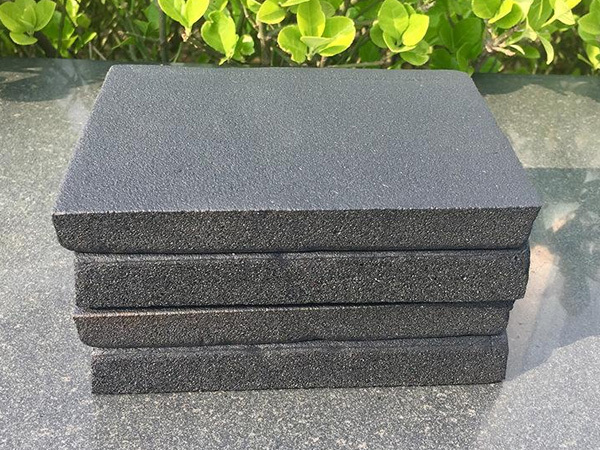
OurFlame Retardant Rubber Foamis a premium closed-cell elastomeric insulation material engi...
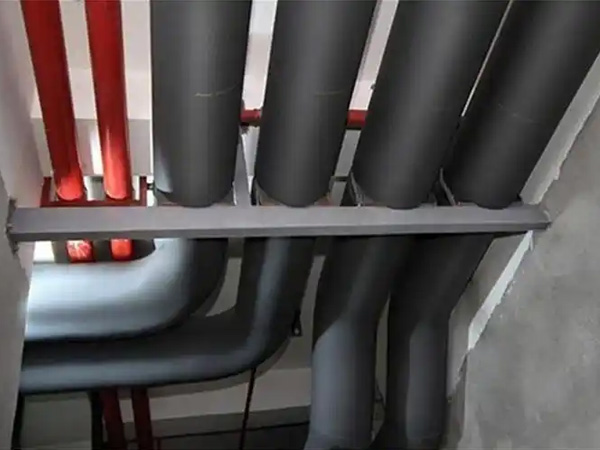
OurRubber Pipe Insulationis a high-performance solution designed specifically for HVAC pipi...
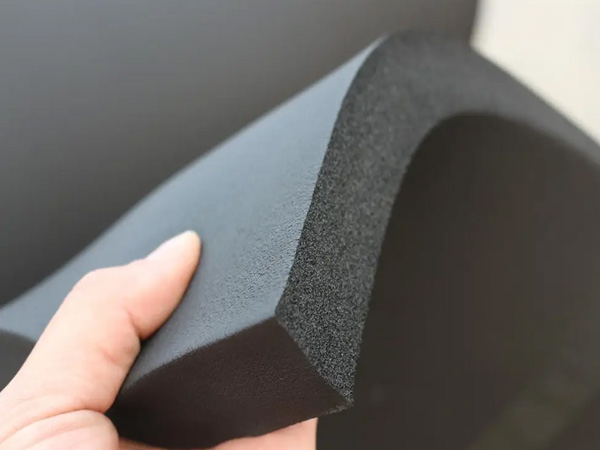
Rubber Foam Insulation Sheet – Product Introduction Premium Flexible Insulation for Therm...
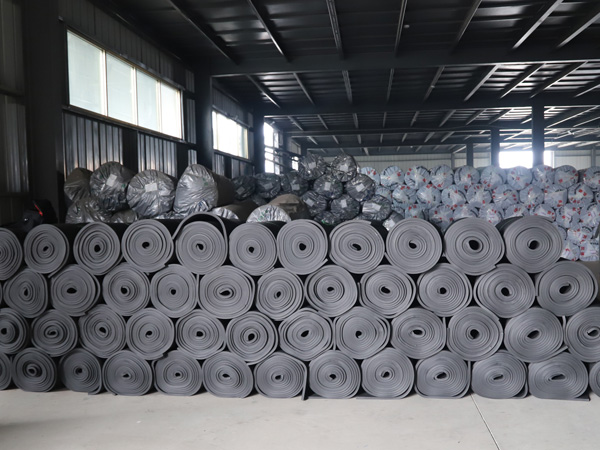
Specially engineered for refrigeration applications, ourElastomeric Rubber Insulationprovid...



